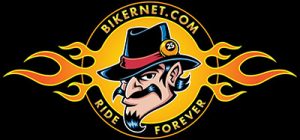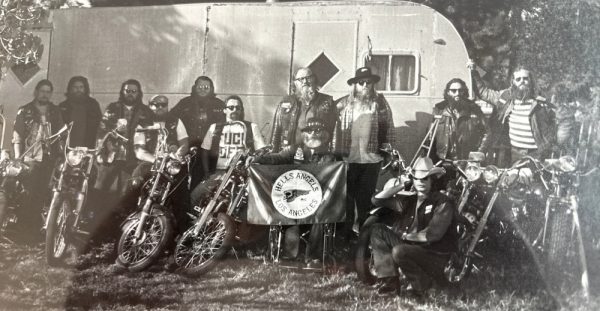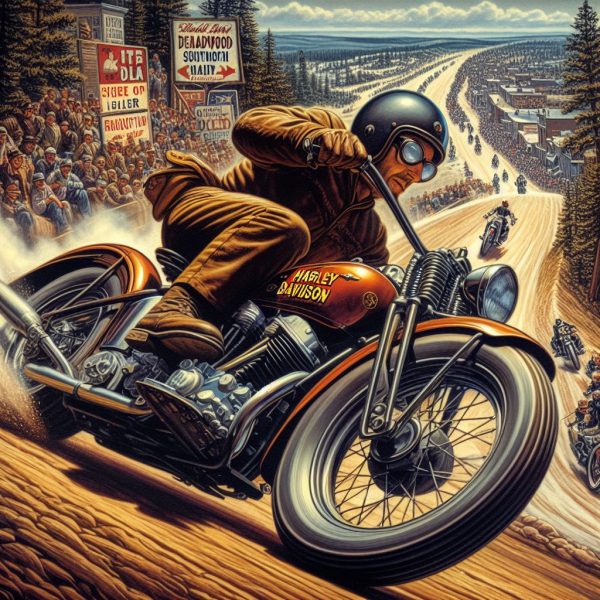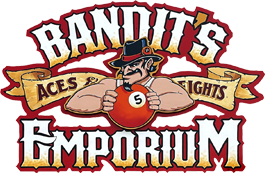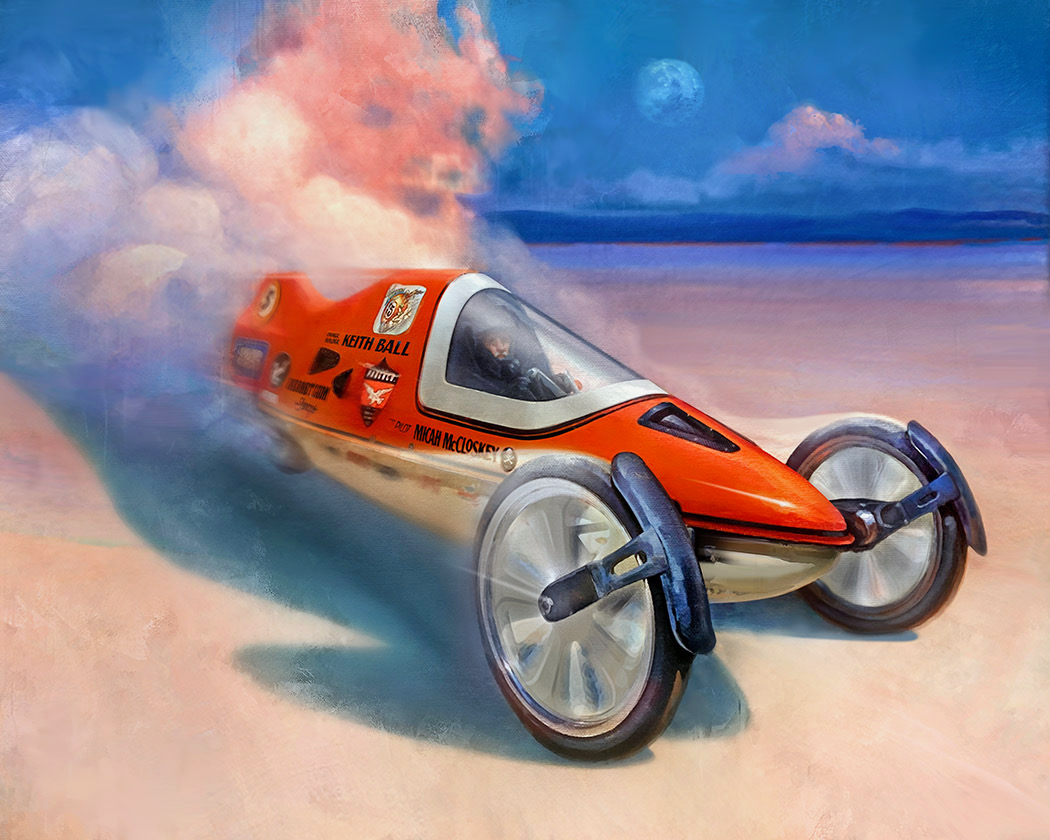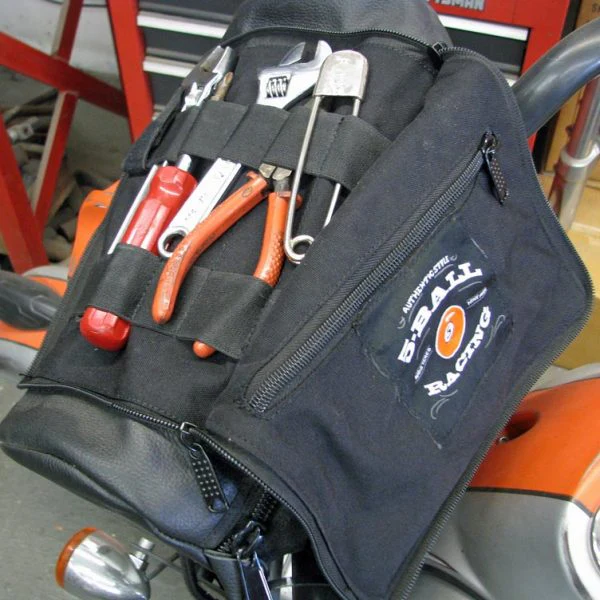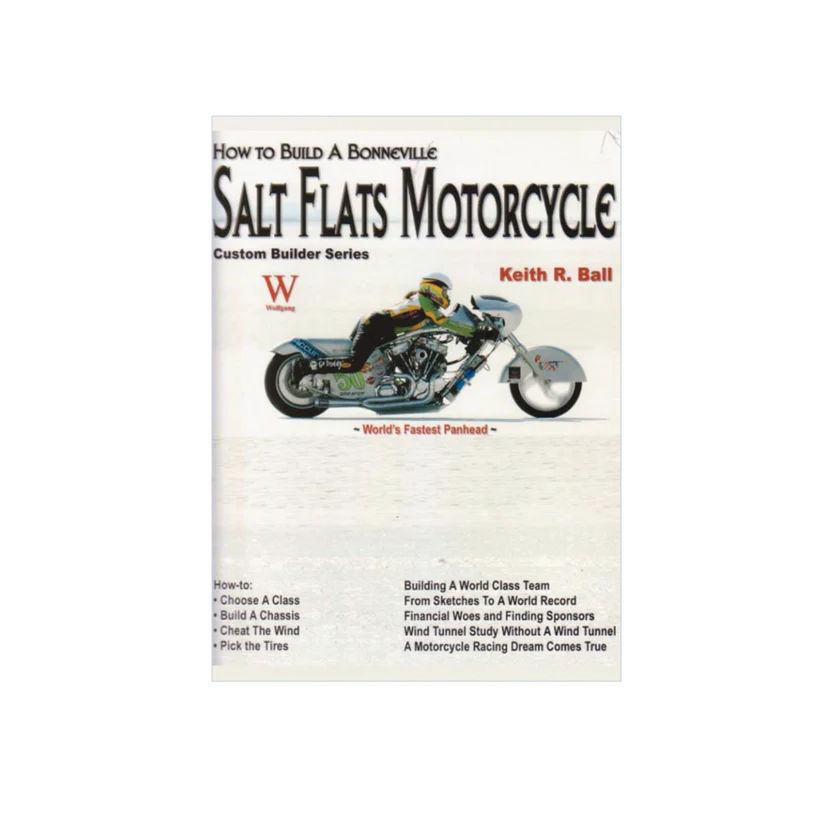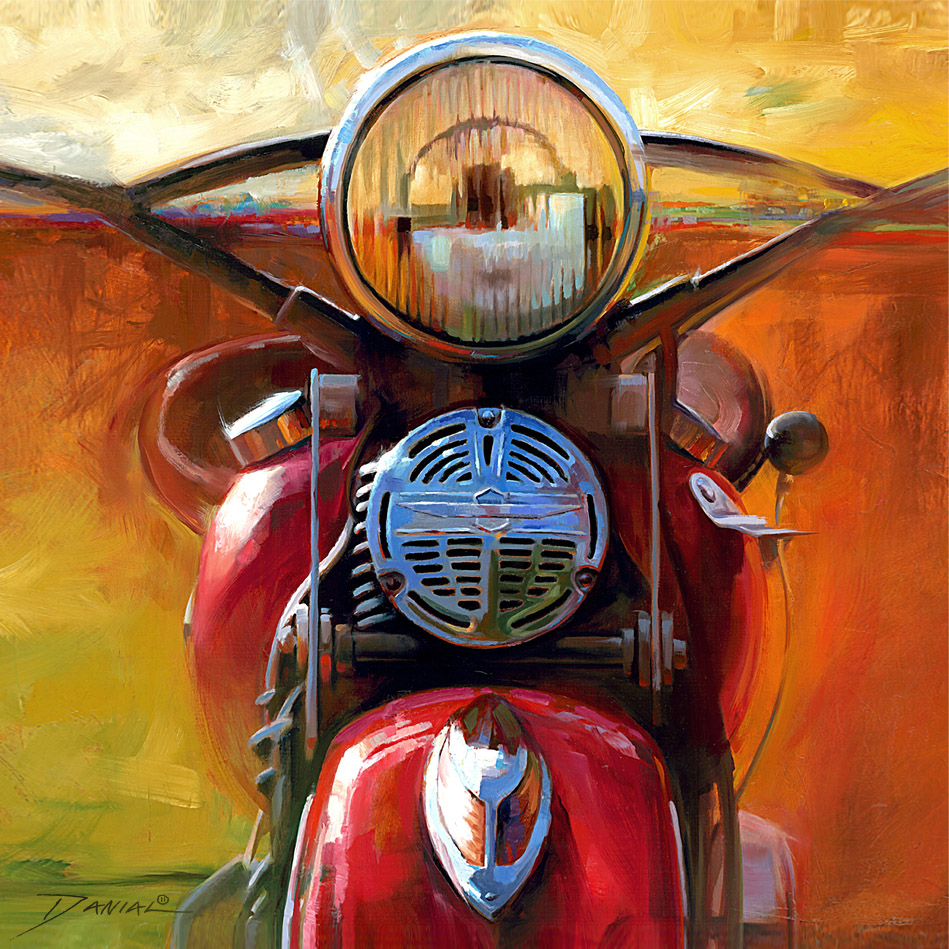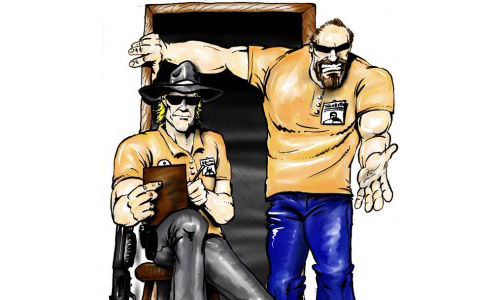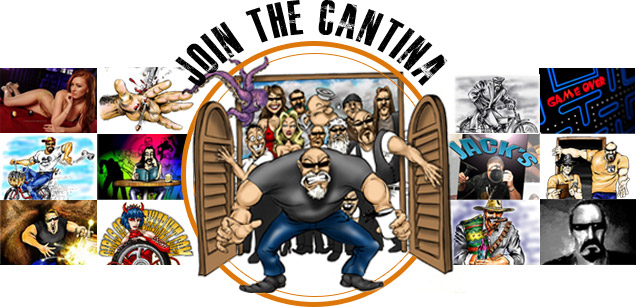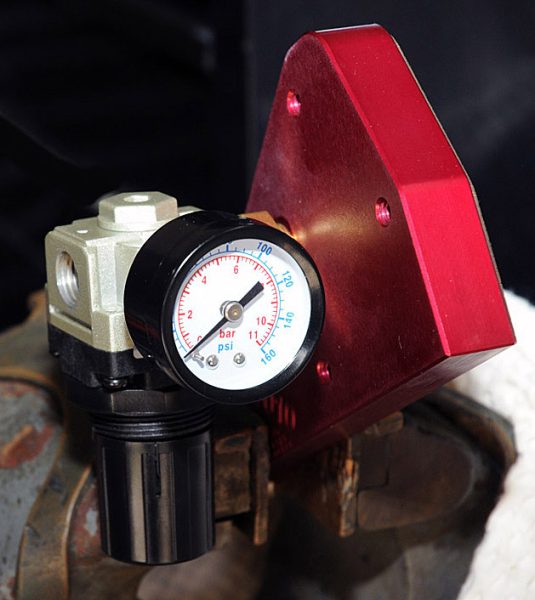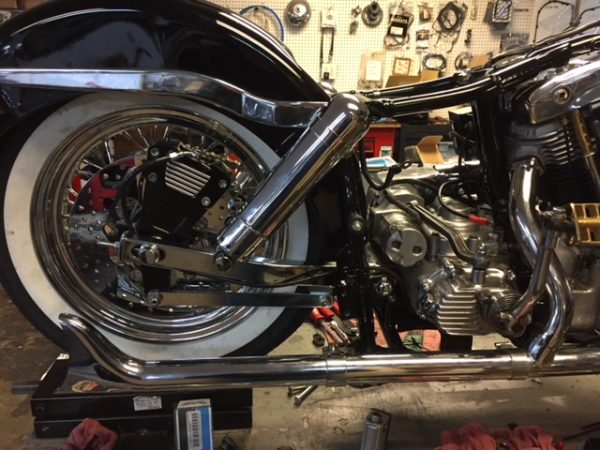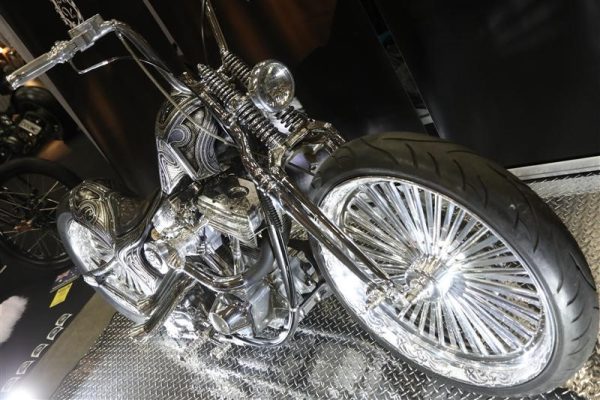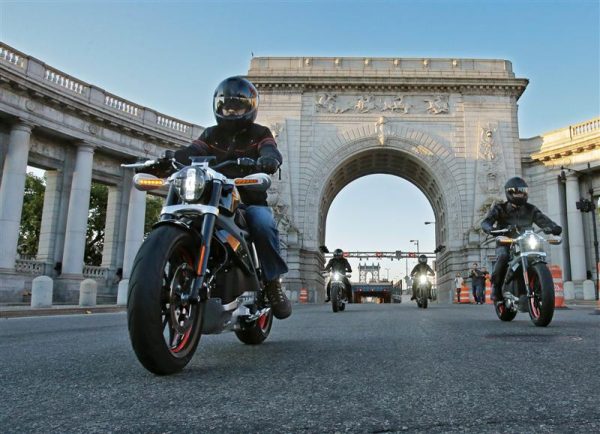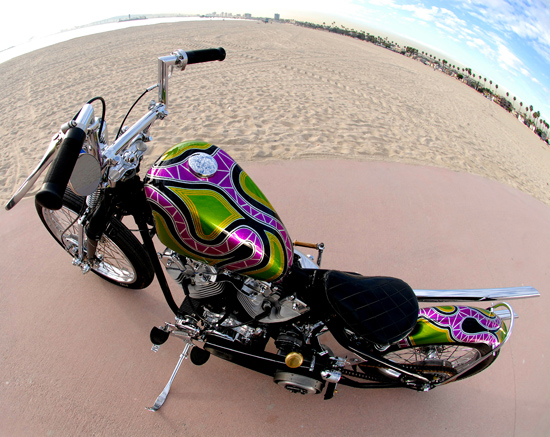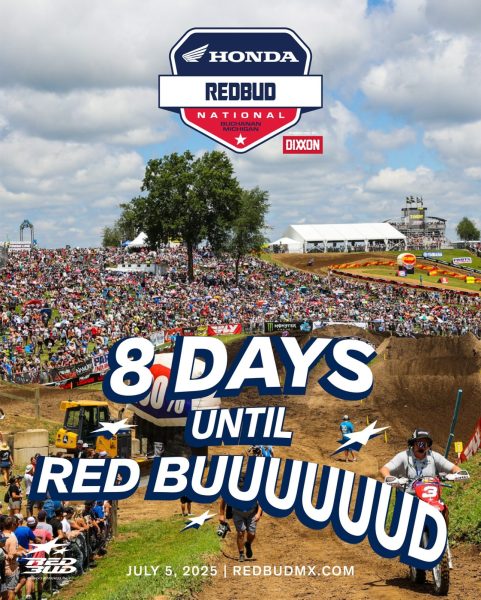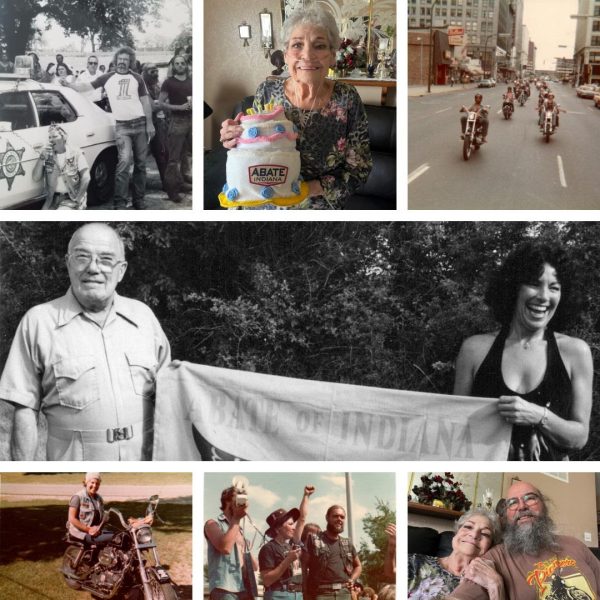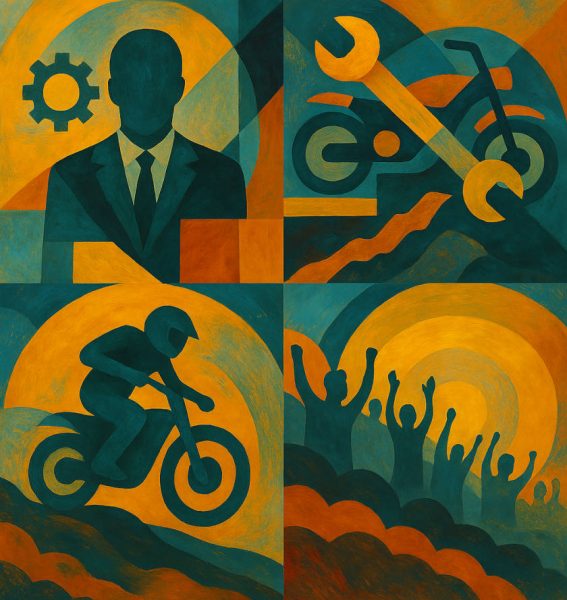Latest Articles
WIN BY HARLEY-DAVIDSON RACERS JAKE LEWIS & CORY WEST
HARLEY-DAVIDSON® PAN AMERICA® ST RACERS JAKE LEWIS AND CORY WEST WIN IN MISSION SUPER HOOLIGAN ...
1939 Harley-Davidson Knucklehead is headed to someone’s garage
ONLY TWO DAYS LEFT CLICK TO WIN https://store.wheelsthroughtime.com/win-this-bike The 2025 WTT Raffle Grand Prize is ...
CLUB FIGHTS 1976
I just watched the George Clooney and Evan McGregor film, “Men who Stare at Goats.” ...
National Council of Informed Riders
National Council of Informed Riders (National COIR) KEEPING YOU INFORMED National COIR has joined 5 ...
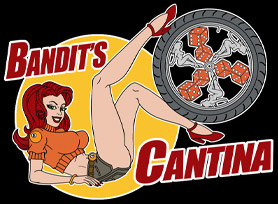
New in the Cantina
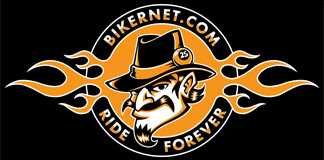
Weekly News
THE PROGRESS REPORT BIKERNET WEEKLY NEWS for January 13, 2022
Hey,This should be interesting, but first I need my second cup of coffee. The shop ...
COLD SNAP BIKERNET WEEKLY NEWS for January 6, 2022
Hey,Yesterday I met with one of my insurance agents in Sturgis. Life is complicated and ...
HAPPY NEW YEARS BIKERNET WEEKLY NEWS for December 30, 2021
Hey,I’ve been telling friends in a joking manner that 2022 will be a much better ...
WINTER KICK-OFF BIKERNET WEEKLY NEWS for December 23, 2021
Hey,Another fascinating week in paradise. Folks write and text me about the weather in South ...
Tech Articles
Root Beer Float Part 3 Plus Extras
Click to see morefrom Lucky DevilWhen the package arrived with the new BDL belt drive ...
FEULING TWIN CAM PLATE TESTING TOOL
Using the right tool for any job makes things go easier, faster, and eliminates most ...
Rebirth of a Shovelhead, Part III
EDITOR’S NOTE: The magnificent Stealth wrote this one week before the wild Easyriders Bike Show ...
Bikernet Tool of the Week
If you're building a bike, restoring a classic, or tinkering with a hot rod, the ...
Bike Features
YOKOHAMA MOONEYES SHOW BIKES
I have hundreds of photos I shot at Mooneyes 25th Anniversary Yokohama show. I was ...
Harley-Davidson Project Livewire Goes Worldwide
Photo by Ray Stubblebine Building on the excitement of Project LiveWire’s debut last year, select consumers in ...
Scotty Finally Enters Candyland
It's interesting, spending time with builders, their latest rides and their lives. Many times recently ...
Good Tidings from Sam and the Bikernet Monk
He was a naked fakir, but he was loved by all real seekers. A queen ...
Event Features
WIN BY HARLEY-DAVIDSON RACERS JAKE LEWIS & CORY WEST
HARLEY-DAVIDSON® PAN AMERICA® ST RACERS JAKE LEWIS AND CORY WEST WIN IN MISSION SUPER HOOLIGAN ...
Roads to Redbud 2025
Hey all - anyone venturing to Buchanan Michigan on the 5th of July, for the ...
Happy Birthday ABATE Of Indiana
In the mid-seventies, the motorcycle rights movement really started in earnest. This is why many ...
AMA Motorcycle Hall of Fame Announces Class of 2025
Six distinguished motorcyclists to be inducted on Oct. 23 during the AMA Hall of Fame ...
